At Long Last, Short Shorts Are Back
After years of downward creep, hemlines are finally getting smaller.
After years of downward creep, hemlines are finally getting smaller.
By Saikeerthi RachavelpulaFebruary 2, 2024
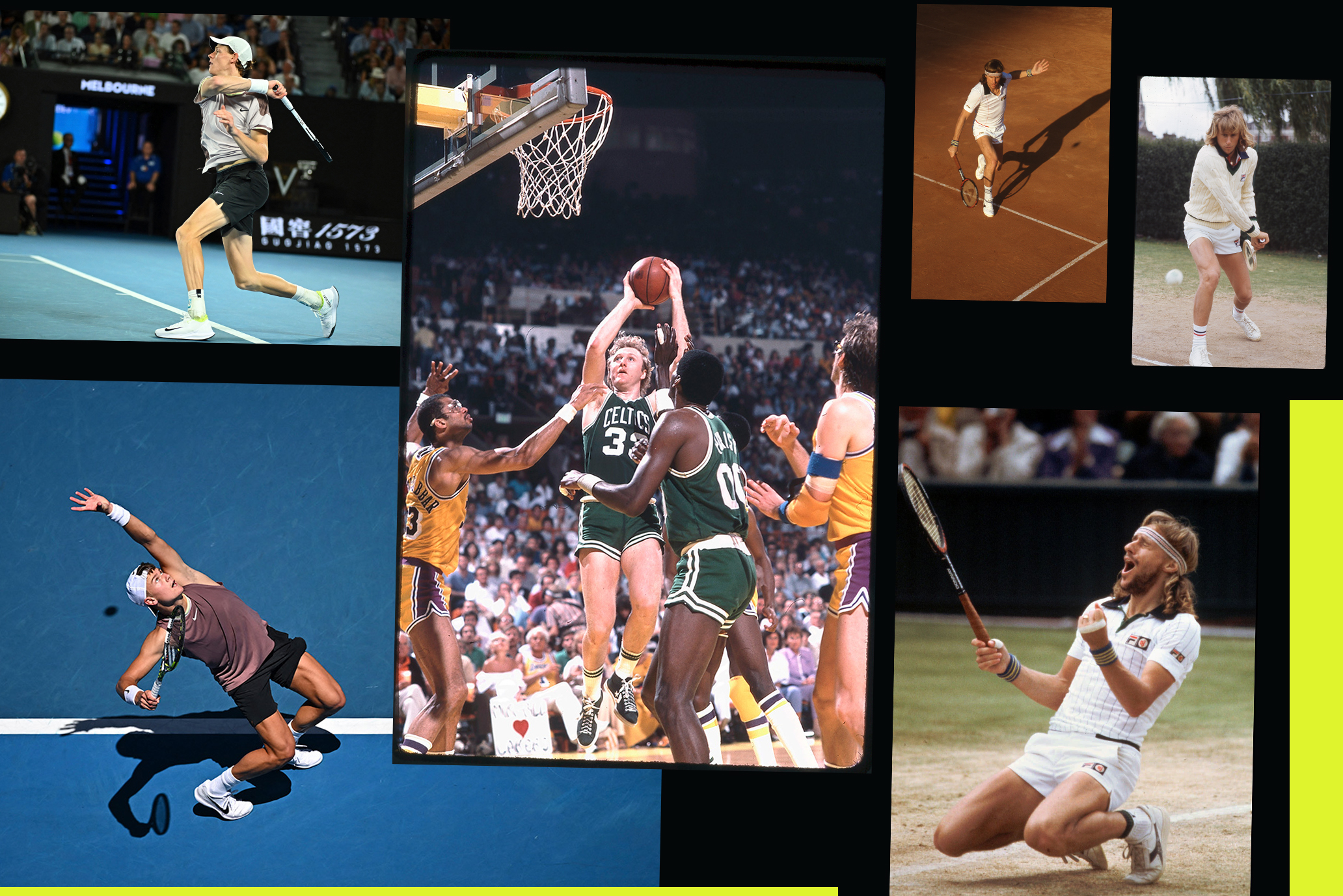

When a sprightly young player makes their professional debut, they don’t just announce themselves with big serves and, if they’re lucky, a big result. They make themselves known with their looks as much as their talent. The same goes for more established players looking to turn things around with a breakout performance. For many, the hope is that looking like a new player might actually make you one.
After a disappointing 2023 season, Holger Rune’s 2024 Australian Open began by embracing the biggest menswear trend of the summer: short shorts. For years, Holger has been hoisting up his shorts to their physical limit, and it seems in the new year, he finally found the confidence to ask Nike for a shorter inseam.
Paired with a salmon sleeveless, Holger’s viral 5-inch inseams display a blithe disregard for the pressures of the occasion, reminding us that shorts were originally for schoolboys and beach goers. But this is not all they remind us of because this is not the first time we have witnessed short shorts on a tennis court.
SIGN UP — YOU'RE ONLY AS GOOD AS YOUR SECOND SERVE.
SIGN UP — YOU'RE ONLY AS GOOD AS YOUR SECOND SERVE.
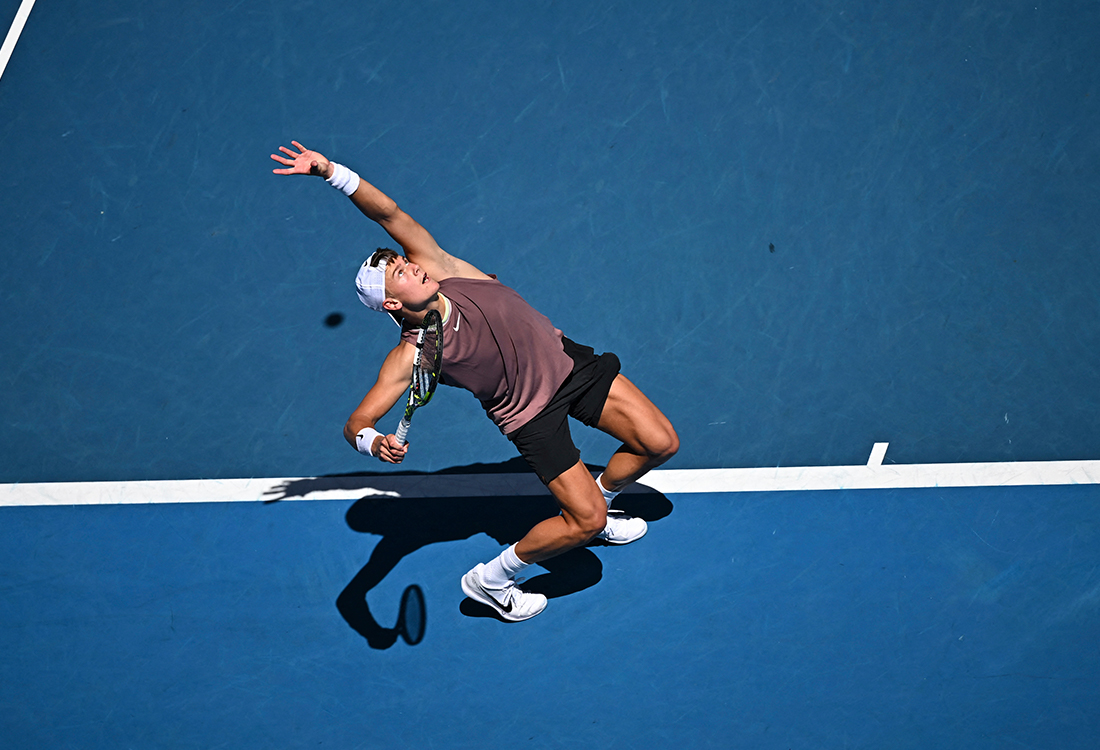
New shorts, New Holger. / Associated Press.

New shorts, New Holger. / Associated Press.
Holger’s 5-inch inseams are the modern descendants of the retro briefs worn by legends like John McEnroe and Yannick Noah. Indeed, Holger’s are only made possible by a long history of men’s tennis shorts and their indelible mark on the game.
Less than a century ago, shorts were introduced to the game of tennis. Weighed down by the traditional on-court dress code of flannel trousers and cable-knit sweaters, in 1932, Englishman Henry Wilfred “Bunny” Austin became the first to ditch the heavy outwear in favor of shorts. A shock to the priggish Wimbledon grounds, an irritated porter whispered to him, “Excuse me, Mr. Austin, but I think you’ve forgotten your trousers.”

Bunny Austin was the first player to wear shorts at Wimbledon / Associated Press

Bunny Austin was the first player to wear shorts at Wimbledon / Associated Press
After this initial infraction, it didn’t take long for others to follow suit. As the game became more physical, shorts presented a clear advantage. Liberated from the material constraints of excess fabric, players were able to move more freely while also remaining cool.
Around the same time, aggressive baseliners like Jimmy Connors emerged, departing from the usual serve-and-volley game style. A greater range in playing style paved the way for a greater emphasis on the individuality of players. This led to one of the most iconic outfits in tennis history: Bjorn Borg’s winning 1979 Wimbledon outfit, consisting of short shorts, a tight-fitting pin-stripe polo, and a long, voluminous hairdo barely controlled by a red-and-blue-striped headband.
Eventually, shorts went from technological innovation to what sociologist Michel Foucault called a “technology of self”—a tool by which “men transform themselves” and “make their life [into] an oeuvre.” During the Tennis Boom of the ’70s and ’80s, this principle culminated in short shorts acting as a blank canvas for players to forge newfound identities. Borg’s solidified his playboy status. Ashe’s completed his clean-cut, collegiate look. And Agassi’s memorialized him as tennis’ own Tonya Harding.
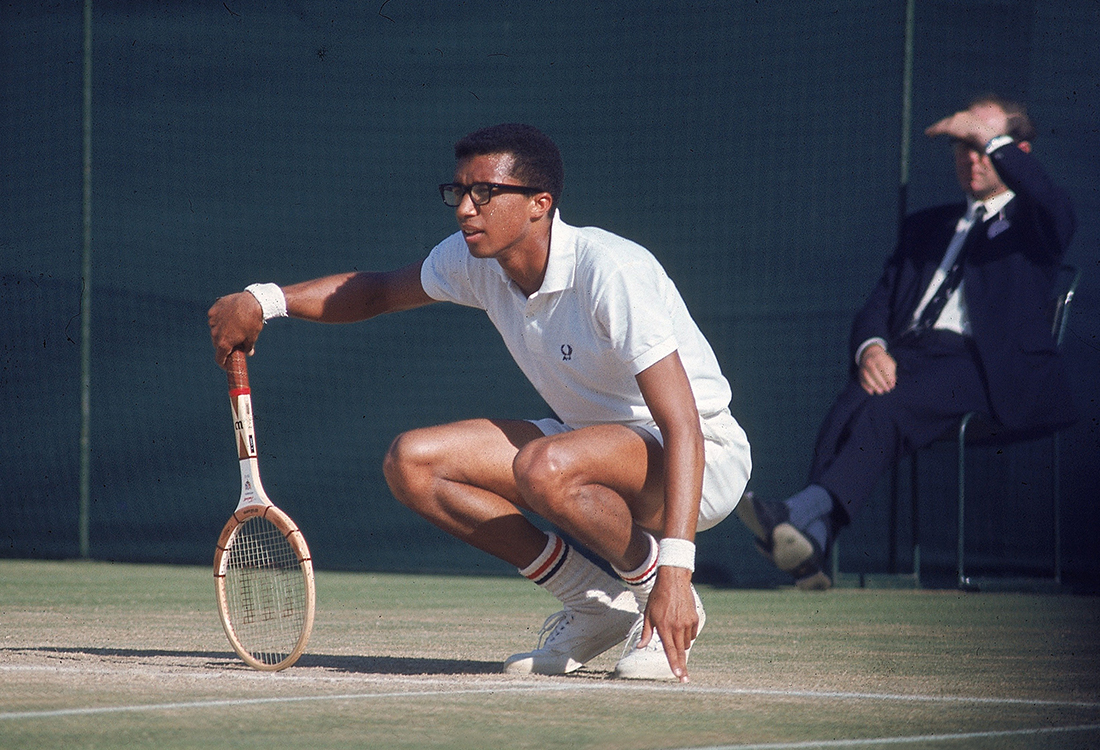
Arthur Ashe’s short shorts completed his clean-cut, collegiate look. / Getty
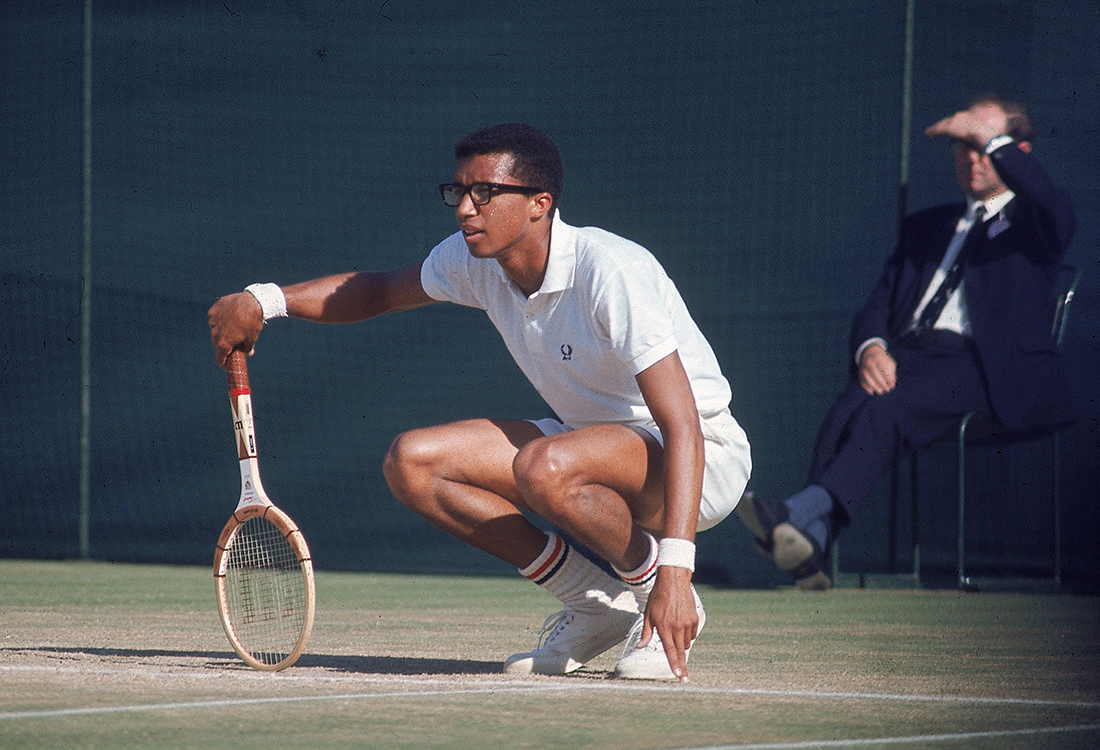
Arthur Ashe’s short shorts completed his clean-cut, collegiate look. / Getty
In the 2000s, however, short shorts were cast aside in favor of longer inseams. With his signature capris, Nadal did to tennis shorts what Michael Jordan did to basketball shorts. Before Jordan, players like Larry Bird and Magic Johnson sported 3-inch inseams. Jordan, however, opted for baggier, knee-length shorts. Legend has it that this preference arose from his habit of tugging at his shorts while playing defense, a tic famously shared by none other than the King of Clay.

In 1984, Larry Bird favored a 3-inch inseam. / Associated Press

In 1984, Larry Bird favored a 3-inch inseam. / Associated Press
In a 2005 ESPN article on Nadal’s French Open fashion choice, Nadal explained that his capris were initially selected by Nike, but they made such an impression on him that he decided to continue wearing them. The baggy, over-the-knee style resembled the cargos worn by soldiers on a battlefield. This militant quality organically suited Nadal’s relentless and physical approach to the game while emphatically dismissing critics’ concerns that the garment constricted his movement.
Thus, short shorts had met their match. Though only few, if any, adopted Nadal’s capris, the natural, homogenizing tendency for athletes to mimic the winning tactics of their opponents meant that more and more players embraced longer, looser styles hitting right above the knee. Soon enough, baggy basketball-like shorts were the favored fashion, with spandex underneath. In an interview with GQ magazine, Djokovic notes that short shorts aren’t very comfortable for the “muscle-y thighs” and overall larger physiques of today’s newer generation of players.
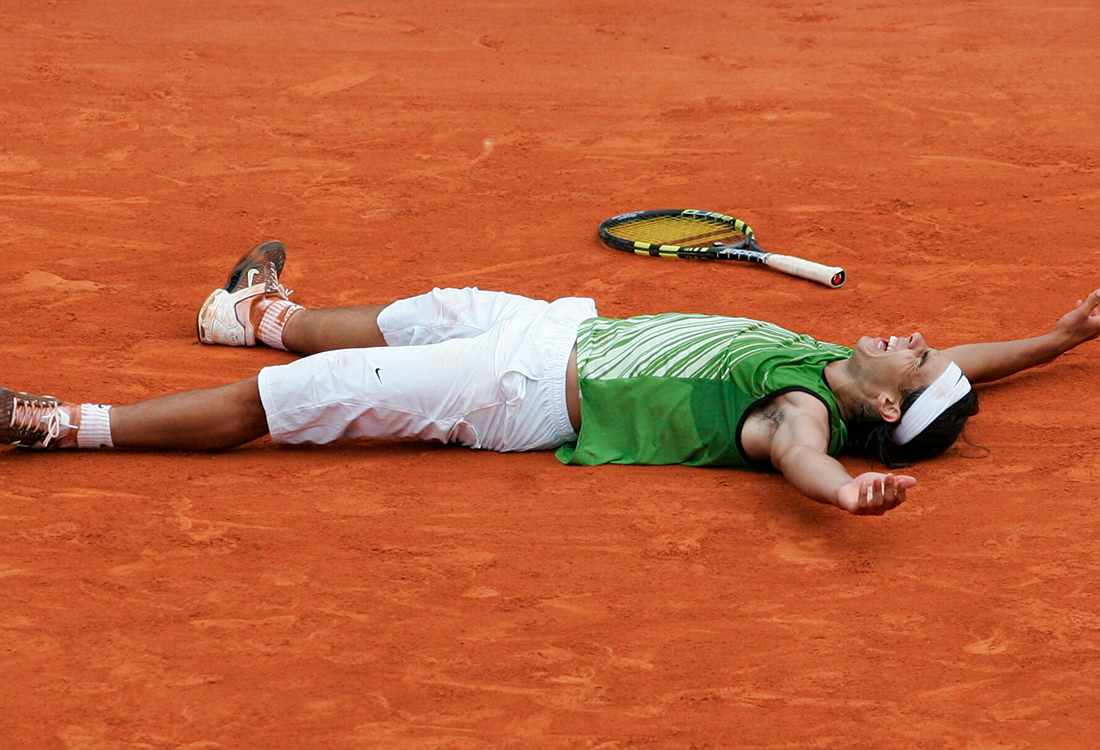
A low point for short shorts–or should we say high water mark. / Associated Press

A low point for short shorts–or should we say high water mark. / Associated Press
In this way, the history of men’s tennis shorts is one of both adaptation and reinvention, allowing players to adapt to increasing physical demands while offering a means by which they can stand out and feel more comfortable on court.
Despite his early second-round exit to the French youngster Arthur Cazaux at this year’s Australian Open, Holger assured a reporter that the short shorts are here to stay. He seems to be following in the fashion footsteps of a late-stage Nadal nearing the end of his career. At this point, Nadal felt he was no longer “a kid anymore,” ditching his signature capris for a mid-length 7-inch inseam. For Nadal, the shorter cut represented his symbolic growth as a player and proved to the world that he still possessed the talent he initially became famous for.
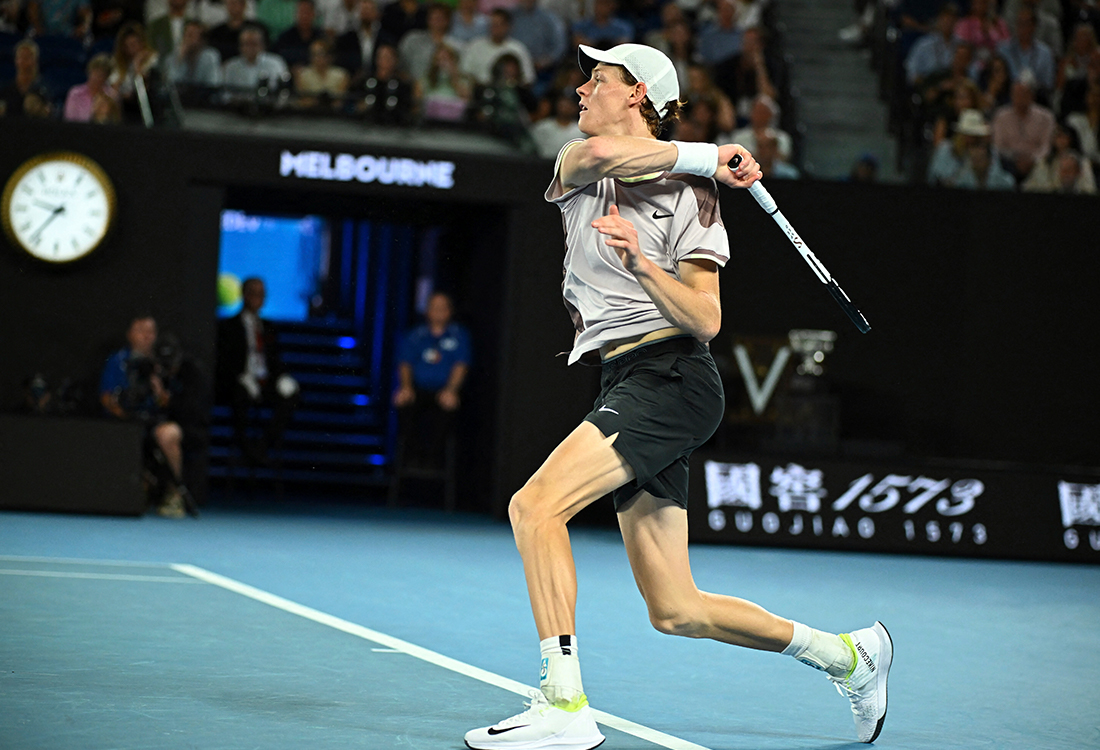
A 7-inch inseam feels short on the lanky Jannik Sinner. / Associated Press

A 7-inch inseam feels short on the lanky Jannik Sinner. / Associated Press
While the history of men’s tennis shorts showcases the garment’s mutability, shorts will always embody the effortless life of leisure at the very heart of the sport. As preppy tennis styles reenter mainstream fashion, one can only hope that Holger’s winning shorts are followed by some actual wins. Until then, we will have to settle for Jannik Sinner’s 7-inch inseams, which just so happen to appear much shorter on his long, lanky legs.
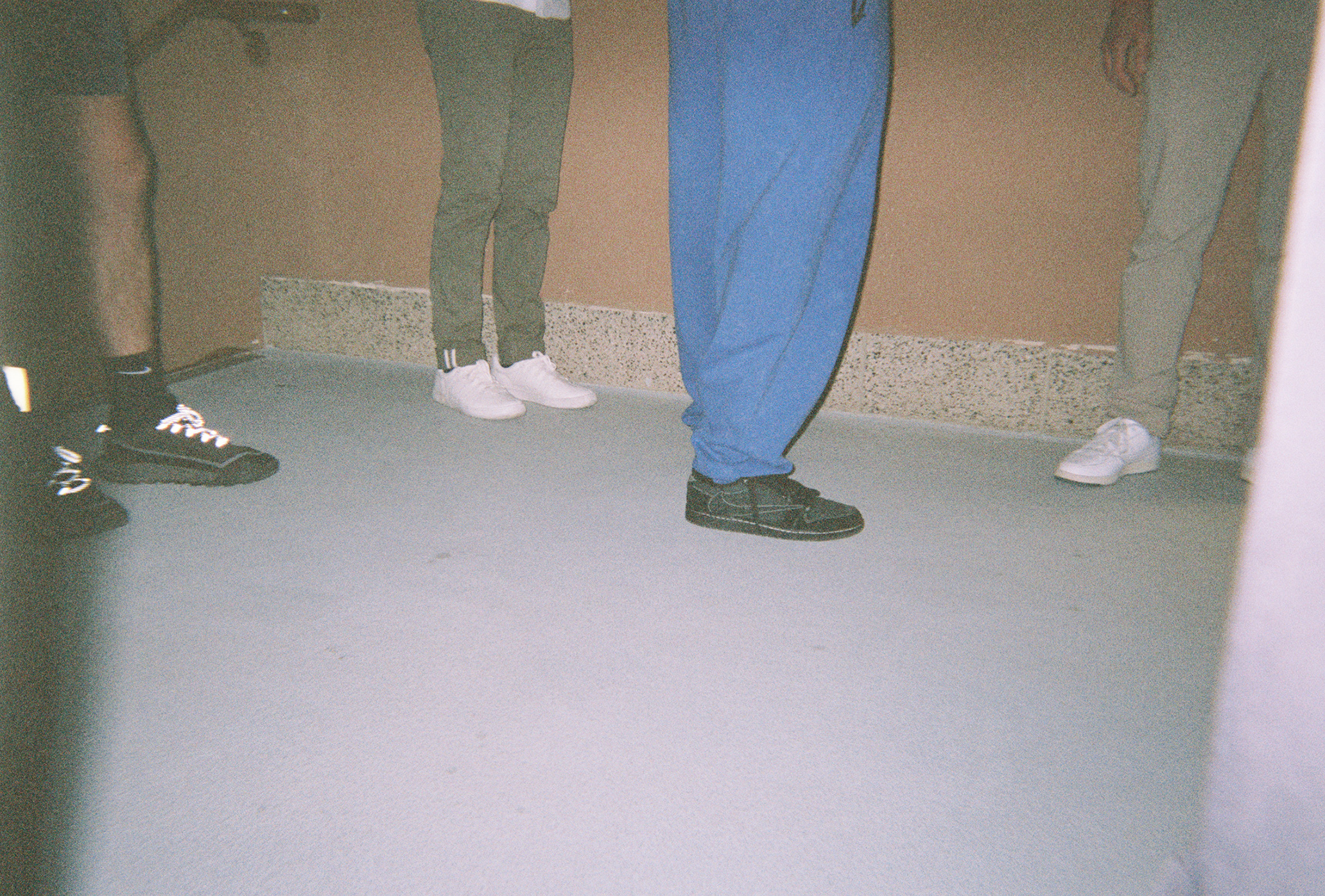

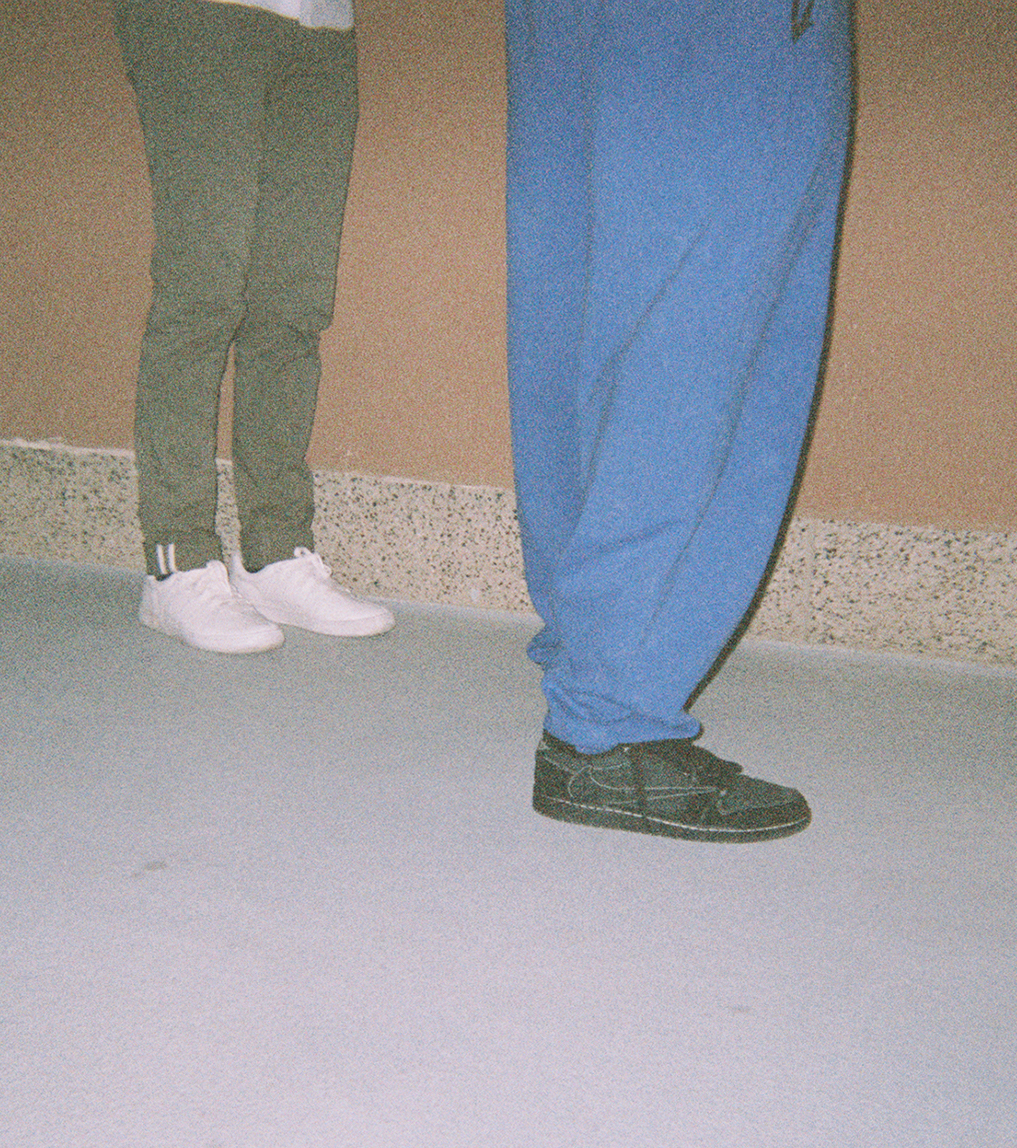


The Hopper
—Missing the Australian Open? Here’s Gerald Marzorati on the champ, Aryna Sabalenka, and Giri Nathan on Jannik Sinner.
—Tennis is still protecting Alexander Zverev, says Ben Rothenberg.
—Venus Williams wants to come back at Indian Wells, while Paula Badosa has another setback.
—Andy Roddick has a new podcast.
—Please let Andy Murray live.
—This year’s Miami Open will feature wheelchair tennis (winner) and professional pickleball (unforced error).
—RIP Sports Illustrated
